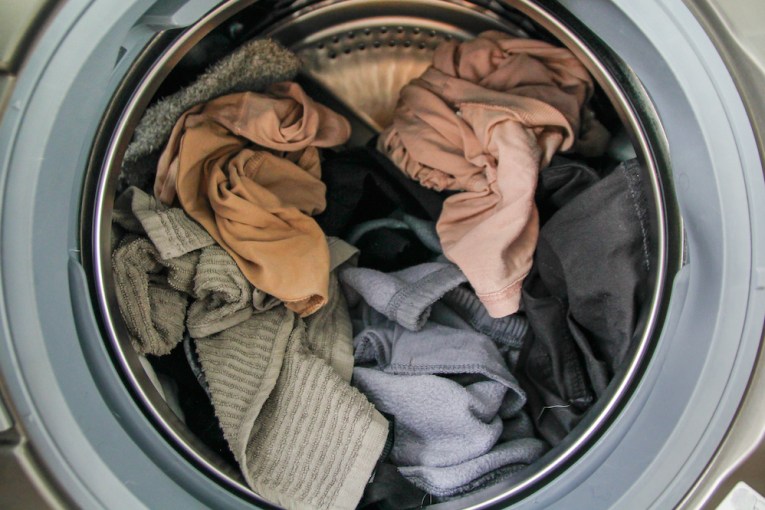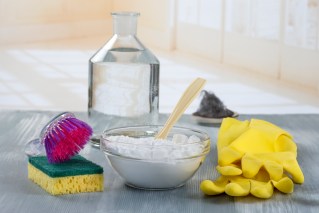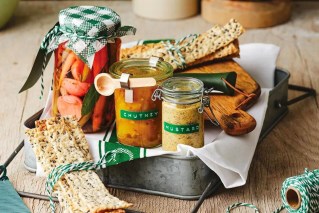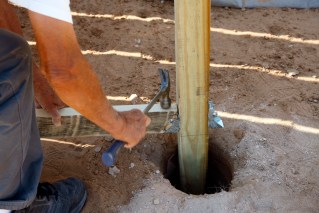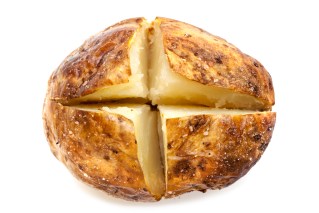Nigerian dwarf goats selling for up to $15,000 as pets and for high-quality milk
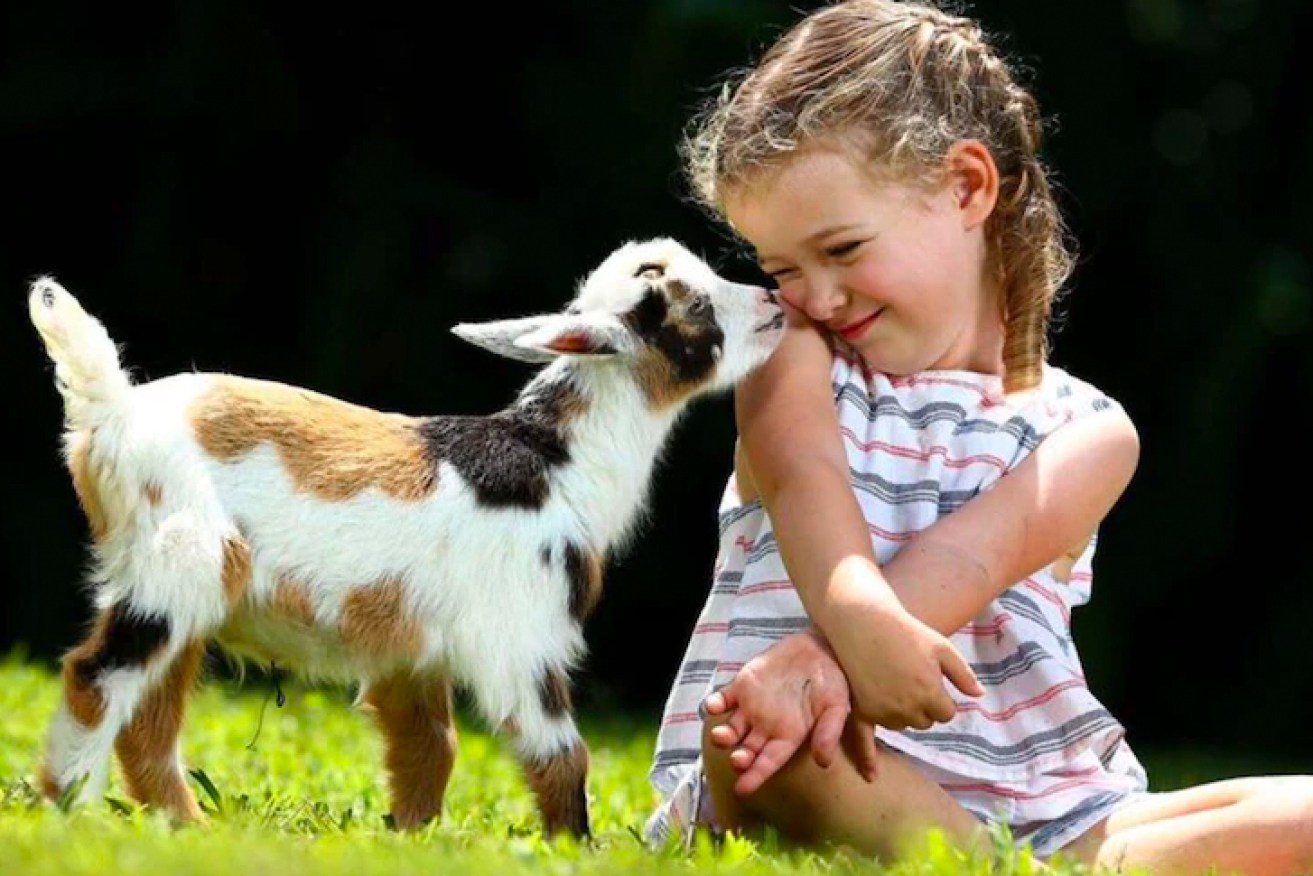
Nigerian dwarf goats are popular as pets and for their milk production. Photo: Stoney Creek Farm
A Gold Coast art director says he’s not “kidding around” as he leads the charge to improve the genetics of the Nigerian dwarf goat, which first arrived in Australia seven years ago.
Rodney Surawski runs an international business designing and installing art and sculptures inside royal palaces, luxury hotels and mega mansions.
But he became interested in primary production when his 13-year-old granddaughter wanted to buy and show miniature goats.
The Guanaba property owner purchased one of the first Nigerian dwarf bucks when they arrived in Australia in 2014.
“They’re just like a dog. They will follow you around,” he said.
“There’s quite a lot of them in Australia now. They’re in every state.
“Because of their size and their great personalities, good temperaments, they’re easy to handle for older people and for kids.”
Mr Surawski, who owns Stoney Creek Farm in the Gold Coast hinterland, said they were popular pets, but they were also known for their high-quality milk production.
“They classify them as a mini milker,” he said.
“They have the best-quality milk of all the dairy goats. They have the highest butterfat content, which is great for cheeses.
“It’s a lot creamier, a lot tastier than your normal goat’s milk.”
Mr Surawski said the milk was sought after by people with allergies or those who were lactose intolerant.

Gold Coast breeder Rodney Surawski says the goats are just like dogs. Photo: ABC Gold Coast
The president of the Dairy Goat Society of Australia, Ian Tyers, said goats milk was measured on volume, percentage of body fat and percentage of protein.
“With Nigerians [goats], we find that they are somewhere around one-third of the production of a standard-sized goat,” he said.
“A standard-sized goat, you would expect 3.5 per cent through to maybe 4.5 per cent butterfat depending on the time of the year.
“A purebred Nigerian should start at 6 per cent butterfat and are quite often found higher than that.”

The goat’s size can make it more difficult to milk than standard dairy goats. Photo: Stoney Creek Farm
Mr Tyers said Nigerian dwarfs produced less milk than standard goats, and their small stature could make them difficult to milk in traditional goat dairy facilities.
The starting price for a desexed male goat, or wether, is around $400 while a doe is priced from $1000 up to $15,000.
The Nigerian dwarf breeder said he was now trying to improve the breed’s genetics by importing high-quality semen and embryos.
“We are just about to have 15 new bucks [sperm] arrive in Australia from America and embryos from five does,” he said.
“We’ll go straight into an embryo implant program. We have about 50 embryos to implant.
“So that will give us a 100 per cent Nigerian dwarf on the ground from the top studs in America.”
High demand
Mr Surawski said there was unprecedented demand for the Nigerian dwarf breed.
“Right now, the larger-style dairy goats, the price range would be up to $1000, and that’s a starting price for a Nigerian dwarf,” he said.
“So there’s a big difference in the actual cost.

The goat’s diet predominantly consists of hay, including lucerne. Photo: Stoney Creek Farm
“Everything in a large dairy goat is now compacted into a smaller-sized animal which takes less to feed, they’re easier to handle, and on top of that, you have the highest butterfat content.”
Nigerian dwarf does can produce between one and two litres of milk a day.
Origins unclear
The Nigerian dwarf originated in west Africa, and the breed was further developed in the United States, where they have been as a recognised breed for the past 15 years.
“In America, the Nigerian dwarfs are the most popular of all goat breeds,” Mr Surawski said.
“They have an incredible movement over there. They have thousands of dwarf goat shows. It’s a huge industry in America.”
Mr Tyers said there was conjecture about whether the goats did originate in Nigeria.
He said some people suspected they were a small crossbreed of a Spanish goat that made its way to Mexico and then into the US.
Either way, he said there were mixed reactions from goat breeders in Australia.
“There are some of my members that quite frankly hate Nigerians [goats]. But I take the view, so what? Lots of people like them,” he said.
“Based on US experience, they’re probably going to end up the most dominant breed in Australia.
“We need to be on this bandwagon.”

Herd manager Tracy Guest says Nigerian dwarf goats have special nutritional requirements. Photo: ABC
Mr Surawski, who is also a member of the Miniature Goat Breeders Association of Australia (MGBAA), said the Nigerian dwarf had been accepted as a category at next year’s Royal Easter Show in Sydney.
“We have shows all throughout Australia,” he said.
“We do the Toowoomba Royal, and they all have their classes under the MGBAA.”
Nutrition challenges
The herd manager at Stoney Creek Farm, Tracy Guest, said goats were self-sufficient when living in the wild because they sought out the nutrients and minerals they required.
“They do require a bit more of a nutritional balance [in captivity]. Being a small ruminant animal, their stomachs are mainly based on grasses,” she said.
“The base breed being African, they tend to need a lot more browsing of trees, so we do go out and get Acacia trees and various varieties to let them have a browse.
“Basically, we base their diet on hays, a little bit of lucerne and supplements.”
